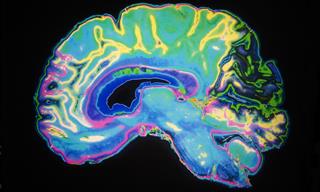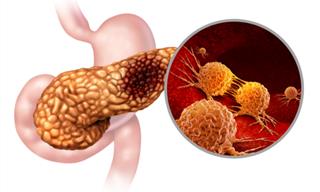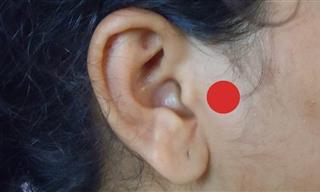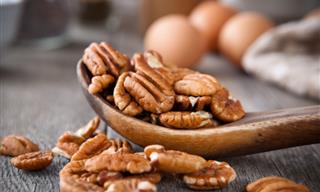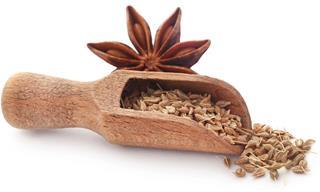Nutrient-rich and often overlooked, wheat germ is a tiny powerhouse that packs a serious punch. While it might not seem like much, this small part of the wheat kernel is loaded with vitamins, minerals, and other essential nutrients. For those looking to add more nutrition to their diet without making drastic changes, wheat germ could be the perfect solution.
Related: This Grain Is the Best and Healthiest Wheat Alternative...
There are many health benefits associated with this superfood, including improved heart health and digestion. If you’re someone trying to eat healthier, wheat germ is versatile and easy to incorporate into your meals. Read on to uncover why this humble ingredient deserves more attention.
Nutritional Profile of Wheat Germ
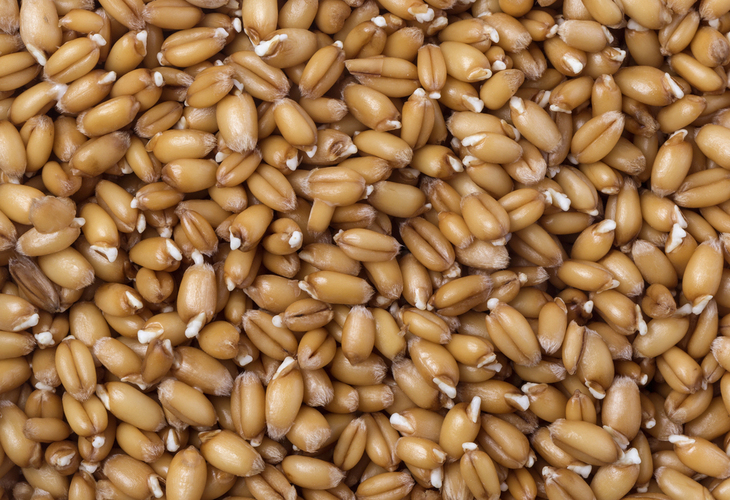
Wheat germ is a powerhouse of essential nutrients, including vitamin E, folate, magnesium, zinc, and iron. It also contains a significant amount of protein and fiber, making it an excellent addition to a balanced diet. The combination of antioxidants and minerals supports cellular health, energy production, and immune function. A tablespoon or two of wheat germ can deliver a noticeable nutritional boost without adding unnecessary calories.
Wheat germ also contains antioxidants and healthy fats, making it a well-rounded addition to your diet.
1. A great source of antioxidants
Wheat germ is rich in antioxidants, particularly vitamin E, which helps protect your body against free radicals. These unstable molecules can cause oxidative stress, leading to chronic illnesses like cancer, heart disease, and premature aging. Including wheat germ in your meals can help combat this damage and keep your cells healthy. Additionally, antioxidants play a role in strengthening your immune system, ensuring your body can fight off infections effectively.
This makes wheat germ an excellent choice for anyone looking to boost their long-term health naturally and deliciously.
2. Promotes heart health
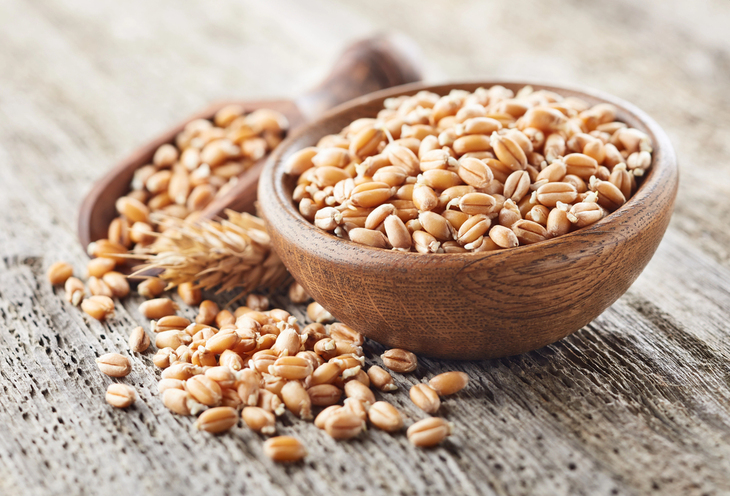
The nutrients in wheat germ—like magnesium, folate, and unsaturated fats—are fantastic for heart health. Magnesium helps regulate blood pressure, while folate supports healthy circulation by reducing homocysteine levels in the blood. Additionally, the plant sterols in wheat germ are known to lower cholesterol levels, further reducing the risk of heart disease.
Adding a tablespoon of wheat germ to your oatmeal or smoothie could be a simple yet effective way to care for your heart daily.
3. Boosts energy levels
If you’re feeling sluggish, wheat germ might be the answer. Packed with B vitamins, including thiamine, riboflavin, and niacin, it helps convert food into energy more efficiently. These nutrients are essential for maintaining stamina throughout the day.
Athletes often include wheat germ in their diets because of its ability to provide a natural energy boost without the sugar crash associated with processed snacks. Sprinkle some on your breakfast to kick-start your day with long-lasting energy.
4. Supports digestive health
Wheat germ is a good source of dietary fiber, which is essential for a healthy digestive system. Fiber helps regulate bowel movements, preventing constipation and promoting overall gut health. A diet high in fiber has also been linked to a reduced risk of colorectal cancer.
The insoluble fiber in wheat germ adds bulk to your stool, while the soluble fiber nourishes the good bacteria in your gut. This makes it a win-win for your digestive tract.
Related: Allergic to Gluten? Here are 10 Top Alternatives to Wheat
5. Helps in muscle recovery
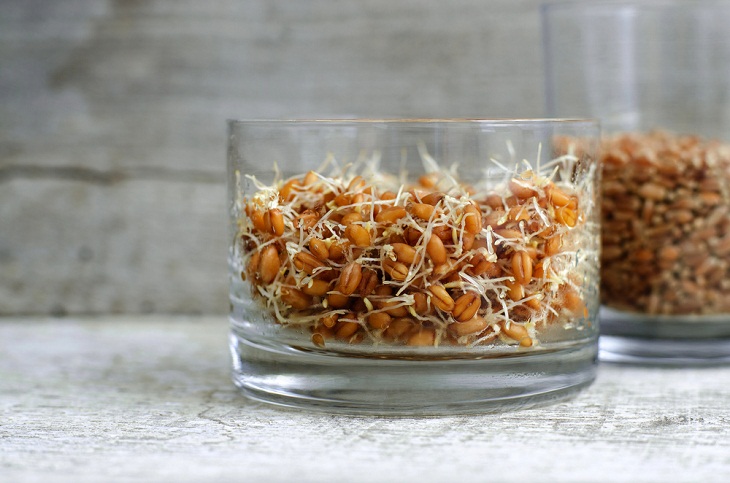
Thanks to its high protein content, wheat germ is great for muscle repair and recovery. Protein helps rebuild muscle tissues after workouts, making it an excellent addition to a post-exercise snack. The magnesium and potassium in wheat germ also play a role in reducing muscle cramps and soreness.
For athletes or fitness enthusiasts, including wheat germ into shakes or snacks could help speed up recovery and improve performance.
6. Improves skin health
The vitamin E content in wheat germ makes it a natural choice for glowing skin. This powerful antioxidant reduces inflammation, combats dryness, and protects your skin from UV damage. Additionally, the fatty acids in wheat germ moisturize your skin from the inside out, leaving it soft and supple.
Many skincare products include wheat germ oil, but consuming the raw germ can offer even more benefits for your skin’s health.
7. Strengthens the immune system
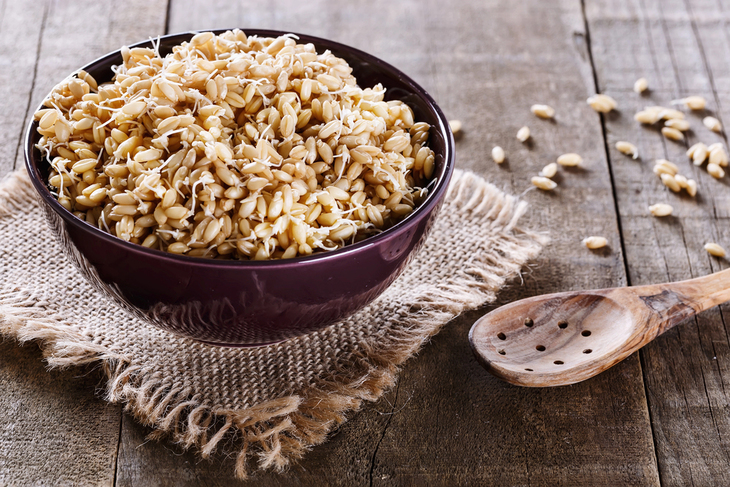
Your immune system relies on several nutrients found in wheat germ, such as zinc, vitamin E, and B vitamins. Zinc, in particular, is crucial for immune cell production, while vitamin E helps your body fend off infections.
Regularly including wheat germ in your meals can help you build a stronger defense against seasonal illnesses and infections. It’s a simple way to keep your immunity in check without resorting to supplements.
8. Aids in weight management
Wheat germ is nutrient-dense but low in calories, making it an ideal addition to a weight management plan. The fiber in wheat germ helps you feel fuller for longer, reducing the likelihood of overeating or snacking between meals.
Its protein content also plays a role in curbing hunger by regulating appetite hormones. Incorporating wheat germ into your diet can support healthy weight loss without sacrificing essential nutrients.
Related: These Superfoods Come With a Variety of Health Benefits
9. Enhances brain function

The B vitamins and omega-3 fatty acids in wheat germ are known to improve brain health. These nutrients help maintain proper cognitive function and may reduce the risk of neurodegenerative conditions like Alzheimer’s disease.
Additionally, the magnesium in wheat germ helps regulate nerve signals, ensuring your brain stays sharp. Adding wheat germ to your diet could be a step toward better mental clarity and focus.
10. Supports reproductive health
Wheat germ contains essential nutrients like zinc and folate, which play a key role in reproductive health for both men and women. Zinc supports sperm production and overall male fertility, while folate is crucial for women trying to conceive as it helps prevent birth defects.
Including wheat germ into your meals is a simple way to support reproductive wellness naturally. It’s a nutrient-packed food that benefits people of all ages.
Sources: Healthline, Verywell Health, Bob's Red Mill, Livestrong
 Go to BabaMail
Go to BabaMail









